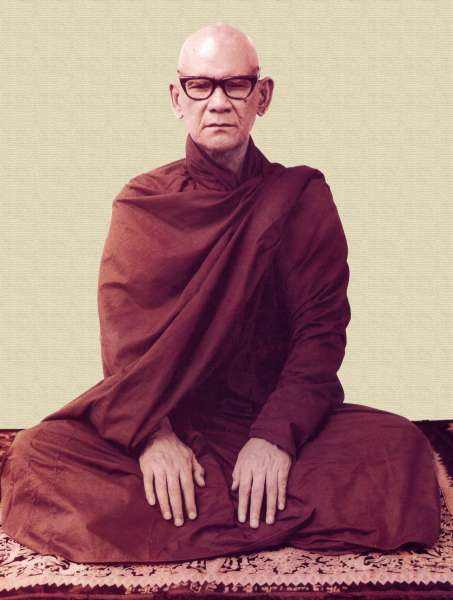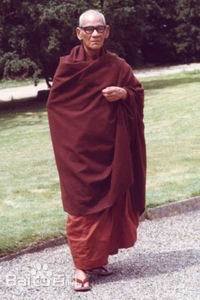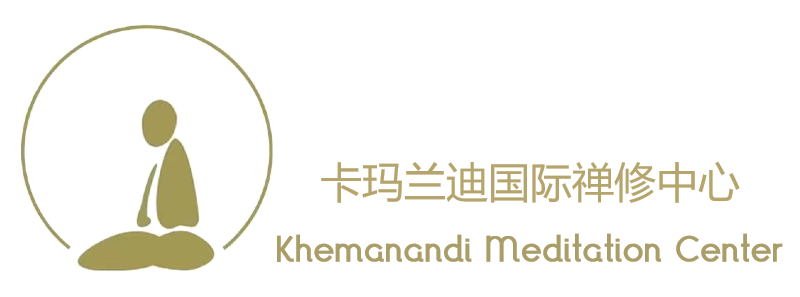Mahāsī Sayādaw U Sobhana

Mahāsi Sayādaw was born in 1904 in Seikkhun village in Upper Burma. He became a novice at age twelve, and was ordained at the age of twenty with the name Sobhana. Over the course of decades of study, he passed the rigorous series of government examinations in the Theravāda Buddhist texts, gaining the newly introduced Dhammācariya (dhamma teacher) degree in 1941.
In 1931, U Sobhana took leave from teaching scriptural studies in Moulmein, South Burma, and went to nearby Thaton to practice intensive Vipassana meditation under Mingun Jetawun Sayādaw (also rendered Mingun Jetavana Sayādaw), also known as U Nārada. This teacher had practiced in the remote Sagaing Hills of Upper Burma, under the guidance of Aletawya Sayādaw, a student of the forest meditation master Thelon Sayādaw. U Sobhāna first taught Vipassana meditation in his home village in 1938, at a monastery named for its massive drum ‘Mahāsi’. He became known in the region as Mahāsi Sayādaw. In 1947, the Prime Minister of Burma, U Nu, invited Mahāsi Sayādaw to be resident teacher at a newly established meditation center in Yangon, which came to be called the Mahāsi Sāsana Yeiktha.
Mahāsi Sayādaw was a questioner and final editor at the Sixth Buddhist Council on May 17, 1954. He helped establish meditation centers all over Burma as well as in Sri Lanka, Indonesia, Thailand, and by 1972 the centers under his guidance had trained more than 700,000 meditators. In 1979, he travelled to the West, holding retreats at newly founded centers such as the Insight Meditation Society (IMS) in Barre, Massachusetts, U.S. In addition, meditators came from all over the world to practice at his center in Yangon. When the Mahāsi Sayādaw died on 14 August 1982 following a massive stroke, thousands of devotees braved the torrential monsoon rains to pay their last respects.
-743x1024.jpg)

